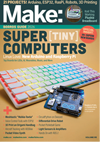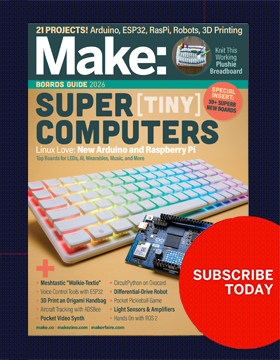Qucs project: Qt Universal Circuit Simulator
 Qucs is an integrated circuit simulator which means you are able to setup a circuit with a graphical user interface (GUI) and simulate the large-signal, small-signal and noise behaviour of the circuit. After that simulation has finished you can view the simulation results on a presentation page or window. The software aims to support all kinds of circuit simulation types, e.g. DC, AC, S-parameter, Harmonic Balance analysis, noise analysis, etc. Link.
Qucs is an integrated circuit simulator which means you are able to setup a circuit with a graphical user interface (GUI) and simulate the large-signal, small-signal and noise behaviour of the circuit. After that simulation has finished you can view the simulation results on a presentation page or window. The software aims to support all kinds of circuit simulation types, e.g. DC, AC, S-parameter, Harmonic Balance analysis, noise analysis, etc. Link.






 Good for a ton of projects that use video. This simple adapter can be used to convert Y/C video (S-video) to a composite video. This adapter is useful in cases where your video output device has only S-video output but your signal source accepts only composite video input. This circuit works with both PAL and NTSC video standards.
Good for a ton of projects that use video. This simple adapter can be used to convert Y/C video (S-video) to a composite video. This adapter is useful in cases where your video output device has only S-video output but your signal source accepts only composite video input. This circuit works with both PAL and NTSC video standards. 
 Do you like the idea of tesla coils and other high-voltage sparking stuff, but don’t have the time, money or patience to build something that elaborate? Here’s a fun little project that can make big, fat, noisy sparks at least 2 inches long, and can be built very quickly and cheaply. The Marx generator consists of an array of resistors, capacitors and spark gaps.
Do you like the idea of tesla coils and other high-voltage sparking stuff, but don’t have the time, money or patience to build something that elaborate? Here’s a fun little project that can make big, fat, noisy sparks at least 2 inches long, and can be built very quickly and cheaply. The Marx generator consists of an array of resistors, capacitors and spark gaps. 
 Lots of MP3 players as final projects- schematics and source included. Our goal was to design a scaled down version of an otherwise marketable product with minimal cost. Our intent was to ensure that our end result would be expandable to include all of the functionality of the most popular players on the market.
Lots of MP3 players as final projects- schematics and source included. Our goal was to design a scaled down version of an otherwise marketable product with minimal cost. Our intent was to ensure that our end result would be expandable to include all of the functionality of the most popular players on the market. 


